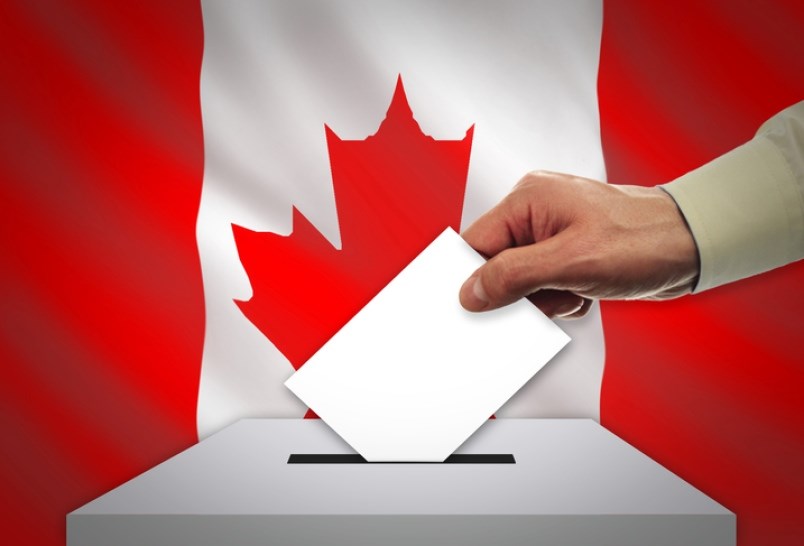The Canadian federal election campaign that was supposed to resemble 1974, and provide Justin Trudeau with a majority government, is starting to look more like the one his father fought in 1979. It could very well end in the same fashion, with a Liberal Party defeat in the House of Commons and a minority government headed by a younger prime minister.
Only the staunchest Liberal supporters could argue that the first few days of the campaign were satisfactory for the governing party. From the developing situation in Afghanistan that has given the opposition plenty to criticize to the embarrassment of a partisan Tweet being labelled as misinformation, the Liberals have been on the defensive. So far, they have not established an emotional connection on the winning issue for governing parties in British Columbia and Saskatchewan last year: a competent handling of the COVID-19 pandemic.
The Liberals begin this week with the support of 33% of decided voters, down five points since the last Research Co. and Glacier Media nationwide survey conducted in June. Their numbers remain high in Atlantic Canada and Quebec, but Ontario is now a toss-up. In British Columbia, the governing party is in third place, a massive change from the lead it enjoyed at the start of August.
Conservative Party leader Erin O’Toole has managed a stunning comeback. His approval rating climbed to 41%, just four points lower than Trudeau’s (45%). The Tories are now virtually tied with the Liberals (36% to 35%) in Ontario, the province that sends the most members to the House of Commons. To put things in perspective, the Liberals won the Ontario popular vote in 2019 with 42%, followed by the Conservatives at 33%. Right now, the Liberals are being forced to defend territory instead of expanding it.
Jagmeet Singh finds his New Democratic Party (NDP) at 22% nationwide. While Singh has increased the NDP’s standing in his adopted province of British Columbia (32%, tied with the Conservatives), he is not within striking distance of the leaders in other regions of Canada. His approval rating did not move much this month, but is still the best of all federal leaders at 51%.
We do not have the three-way race that characterized the midway point of the 2015 federal ballot because of Quebec. The New Democrats did remarkably well in this province under Jack Layton in 2011 and plenty of that support remained there when Tom Mulcair led the party in 2015. The situation is not the same now, with the NDP barely reaching double digits in Quebec (10%).
The Bloc Québécois has a significantly lower level of regional support right now (24%) than its election total in 2019 (32%). The days when this party could garner the backing of more than two in five voters (as was the case in 2004 and 2006) are gone. We learned earlier this month that separatist views have dropped in Quebec to just 25%, making the promise of a local party not particularly enticing for young voters. Bloc leader Yves-François Blanchet got a boost from his debate performances two years ago. He will be hoping for the same effect in 2021.
For the Green Party, the situation is complex. Only 4% of decided voters in Canada are backing this party right now. In June, before a heavily publicized internal battle, 32% of Canadians approved of party leader Annamie Paul’s performance. This month, the proportion has dropped to 21%. The debates will present an opportunity for Paul to get more Canadians to pay attention, at a time when concerns about the environment rose to 13% (and 19% in Quebec).
The People’s Party improved to 3% at the national level, boosted by decided voters aged 18 to 34 (8%). Leader Maxime Bernier keeps a low approval rating (15%, up one point). Fewer than 1% of Canadians are looking at the Maverick Party, other parties or independent candidates.
As we head to the midway point of the campaign, one crucial indicator to keep an eye on is the “Best Prime Minister” question. Just a few weeks ago, O’Toole was way behind both Singh and Trudeau. Now, the Conservative leader trails Trudeau by six points (32% to 26%).
This scenario is similar to the one faced by Andrew Scheer in 2019, a leader who saw his party tied with the Liberals on voting intention but was still seven points behind Trudeau as the most competent possible head of government on the eve of the election. O’Toole’s fluctuations on this question may end up signalling the colour, and size, of the incoming government.
Mario Canseco is president of Research Co.
Results are based on an online study conducted from August 28 to August 30, 2021, among 1,000 adults in Canada. The data has been statistically weighted according to Canadian census figures for age, gender and region in Canada. The margin of error, which measures sample variability, is plus or minus 3.1 percentage points, 19 times out of 20.


